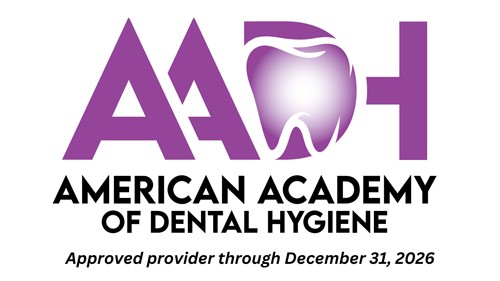This course is now closed. We apologize for any inconvenience.
A peer-reviewed course by Alyssa Stiles, BS, RDH, LMT, COM
Abstract
Nonnutritive sucking is a normal reflex in infants up to six months of age. While most children grow out of this habit, many children do not. There are several different theories as to why a child may continue the habit. Clinical implications include the development or relapse of malocclusions and bony structural changes, speech and articulation issues, chewing and swallowing problems, airway and breathing difficulty, and more. The severity of this habit and the corresponding signs are dependent on factors including frequency, intensity, duration, and the number and position of digits involved. There are several treatment options available, which will be discussed in this course. It is important for the dental care provider to be able to identify clinical signs of sucking habits, determine if and when treatment is necessary, and provide the patient and/or guardian with treatment options, referrals, and other resources. This course will provide the dental care provider with the confidence and knowledge to adequately manage these patients.
Educational objectives
- Recognize the signs of digit sucking habits and be able to explain the potential ramifications of these habits
- Identify possible causes of sucking habits
- Determine when to seek treatment for digit sucking habits
- Provide treatment options, referrals, and other resources for patients with digit sucking habits

Alyssa Stiles, BS, RDH, LMT, COM, is a registered dental hygienist with experience in both general and pediatric dental offices. She is a former instructor in the University of Pittsburgh Dental Hygiene Department. Alyssa is a certified orofacial myologist and owner of Pittsburgh Orofacial Myofunctional Therapy, LLC, where she helps children overcome oral habits.
Image credit: © Santos06 | Dreamstime.com
Quick Access Code: 20010






